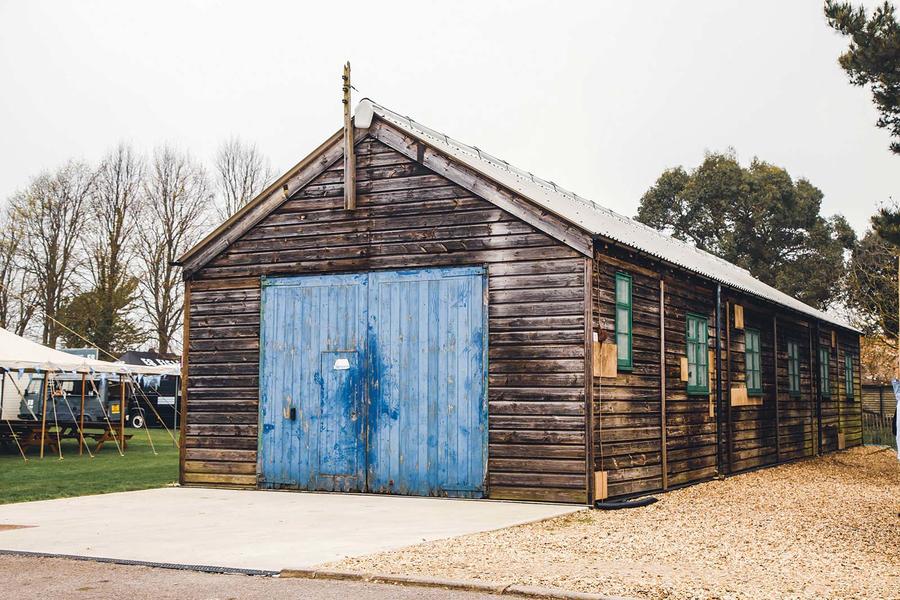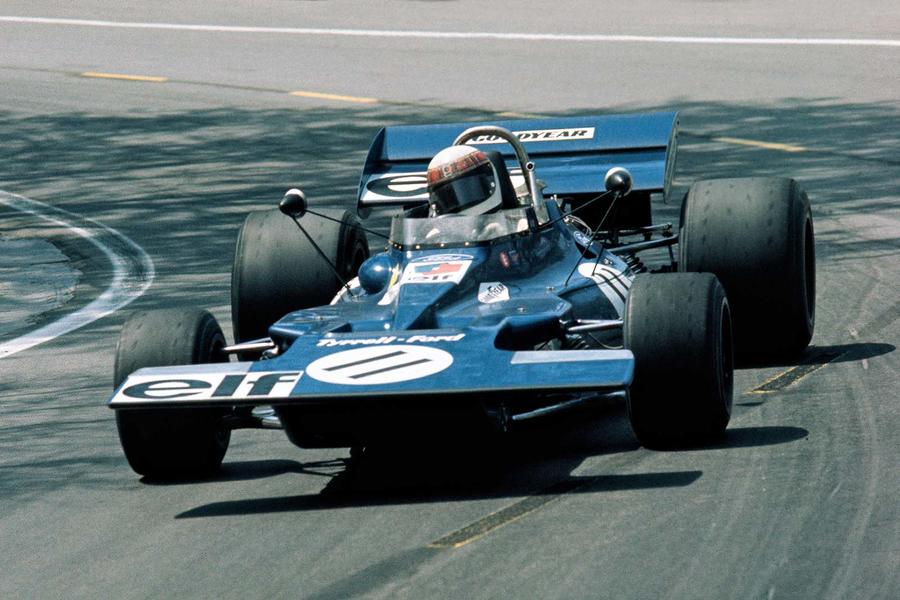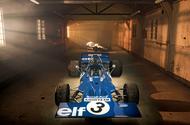The home of Tyrrell’s F1 team stood in Ockham for more than 70 years
Tyrrell’s timberyard shed – where F1 legends were made – has been saved from demolition. We go inside
Building a Formula 1 car in your own shed? It’s a romantic notion, the stuff of daydreams for many of us. But for the late Ken Tyrrell, there was nothing whimsical about such a homegrown approach.
As one of the greatest and most fiercely independent team patrons, he oversaw the creation of grand prix- and world championship-winning Formula 1 cars from just such a humble abode in his family-run timberyard in Ockham, Surrey, for years. And why not?
What more did one need back in the 1960s and 1970s? Today and just down the road sits the fantastical McLaren Technology Centre. The F1 that Tyrrell first knew and thrived in half a century ago might as well have existed in another world.
Tyrrell’s humble hub of innovation remains the most famous shed in motorsport and now, happily, following a threat of demolition, has been saved and preserved for cherished posterity at a perfect new location: the Goodwood Motor Circuit in West Sussex, where much of the Tyrrell Racing Organisation’s early history was written.

It was here where Sir Jackie Stewart first tested a Tyrrell-run Cooper Formula Junior car, stunning ‘Chopper’ with his pace and kindling one of the great motor racing partnerships that garnered three world championships in the space of just five years. All masterminded from that shed, which as of very recently sits proudly on a plot behind the Woodcote grandstand.
Predictably, it proved a hugely popular draw for visitors to the 81st Goodwood Members’ Meeting.
“It’s one of those great – and true – British motorsport stories,” said Sam Medcraft, the circuit’s general manager, who oversaw this wonderfully eccentric relocation to a site “more or less where an accommodation hut was in use here during the war”.
That’s fitting, because Tyrrell sourced what became his F1 ‘factory’ from the Women’s Royal Army Corps to serve as his nascent team’s workshop as he began the transition from (not very successful) racing driver to team owner at the turn of the 1960s.
He sent two men, Neil Davis and Freddie Gear, to the WRAC’s premises to dismantle the 6m-by-21m shed, transport it to Ockham and re-erect it in his timberyard – a process now repeated more than 70 years later.
“The state of the shed was not too bad, given how long it had been there,” said Medcraft. “It’s a fairly solid structure made in a modular style, which made it easier to move and means it has lasted quite well.”

The shed has some history. It was here that in 1970 chief designer Derek Gardner secretly created with a small team of mechanics the first Tyrrell 001, as the team took the crucial next step into constructor status in the wake of Stewart’s first world title clinched in a Tyrrell-run Matra.
It was also here a few years later that Gardner prepared to shock the world with surely the most outlandish F1 car of them all: the P34 six-wheeler in which Jody Scheckter won 1976’s Swedish GP.
After that season, the F1 cars were constructed in a building next door, but the shed remained in use well into the 1980s as a fabrication shop and then for storage. When aerodynamicist Jean-Claude Migeot arrived in 1988, he immediately sought out the shed. “It was still there with the famous board: ‘Keep out. This means you!’,” he told me.
At the end of 1997, Tyrrell sold his team and F1 entry to the new British American Racing venture – which begat Honda, which begat Brawn GP, which begat Mercedes-AMG, based today out of not one but two much larger sheds in Brackley and Brixworth.
The original one continued to be used for storage by its new owner, but the site is now ripe for housing redevelopment – which triggered the salvage operation.
Goodwood secured its planning permission back in 2021, and finally in January this year the relocation began. First the asbestos roof had to be removed and disposed of, before carpentry and timber-frame specialist Alistair Kerr began the deconstruction work with a five-man team.

So how did Kerr take apart the shed, keeping in mind that he would need to reconstruct it piece by piece at Goodwood? “We took lots of pictures and labelled every part,” he says. “We were quite lucky, because it was a prefab building originally, so it was designed to come apart and be put back together again. We were just very methodical about it.”
Transporting the pieces required further care, then Kerr and his team completed the reconstruction in around two weeks.
All is as it was, except for new window frames to replace the rotten originals, a non-hazardous roof and retro-style electricity sockets, sourced after much poring over of period photos by the Goodwood team.
“We’ve tried not to refurbish it and have kept its bumps and bruises intact,” says Medcraft. “As it was taken to pieces, they found bits of history: front and rear wing endplates tucked away that had been forgotten about, some old posters and stickers too. You can still see the outline of the old Tyrrell sign, the trace of paint spray and the outline of where the engineers’ desks were. Ghosts of the past.”
A formal reopening will occur at the Revival meeting in September, but for now Goodwood’s team is pondering what to make of the shed.
“It won’t be a museum,” says Medcraft. “It would be nice to use it, recreate that spirit of why it was there in the first place – perhaps host a race academy or use it as an engineering workshop. We haven’t determined its use yet.”
The main thing for now is that one of British motorsport’s most beloved relics is safe – and apparently could be a contender for the Shed of the Year competition. That would be a fine 100th-birthday gift for Tyrrell. Somewhere he must be cracking his big toothy grin at the thought.
Source: Autocar
